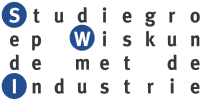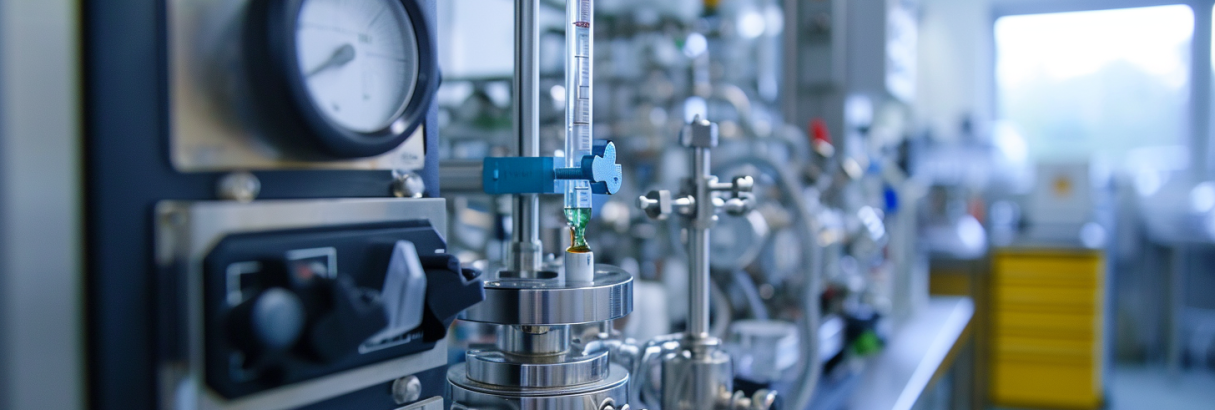VSL – Time averages and their totals in the billing of natural gas #SWI2024
The fiscal metering of natural gas is often performed using a flow meter and a gas chromatograph. The flow meter is used to measure the volume flow rate of the gas passing the metering station. The gas chromatograph is used to measure the composition, from which the calorific value is determined. Both are measured at regular intervals in time, but not necessarily at the same intervals. It can be that the gas chromatograph produces a result every 5 min, whereas the flow meter submits a result every minute.
The energy delivered is calculated as [1]
E = H(1) V(1) + … + H(N) V(N)
where H(i) denotes the calorific value of the natural gas [2] and V(i) the volume at reference conditions (e.g., 0 degrees Celcius and 101.325 kPa). The uncertainty of the energy delivered (or received) is an important parameter for operating the gas grid, ensuring that suppliers can feed the grid and users can draw gas from the grid.
In this case, both quantities are measured with the same frequency. The calorific value H(i) and volume V(i) are often averages over time (e.g., hourly average). These averages are usually calculated as the arithmetic mean of a series of measurement results. However, either or both quantities may change during this time period. These changes do not follow any particular pattern; they can be a steady increase/decrease, but depending on supply and demand, they can also have any other pattern.
We would like to know what the best averages are for aggregating the measurement data and calculating the total and how one evaluates the uncertainty of the mean H_mean(i), V_mean(i), and their product, given that the measurement results are not independent and identically distributed.
References
- ISO 15112 Natural gas — Energy determination. ISO, International Organization for Standardization, Geneva, Switzerland, 2011. Second edition.
- ISO 6976 Natural gas — Calculation of calorific values, density, relative density, and Wobbe indices from composition. ISO, International Organization for Standardization, Geneva, Switzerland, third edition, 2016.

